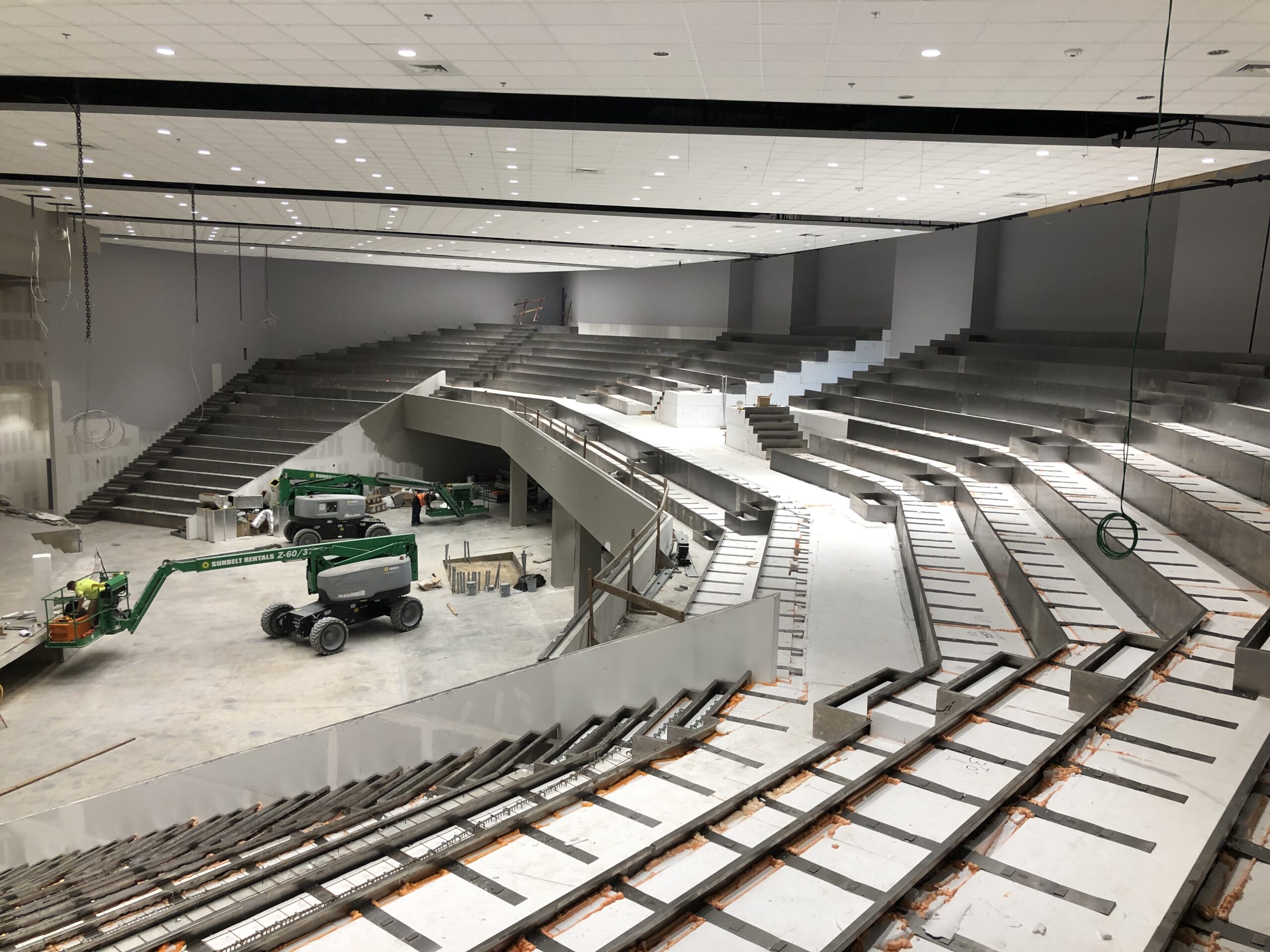Geofoam installation has transformed stadium construction by leveraging its lightweight strength and versatility to enhance efficiency, safety, and sustainability. Read on to find out more.
Stadiums are often modern architectural and engineering marvels, providing spaces for sports, entertainment, and community gatherings. As the demand for sophisticated stadiums grows, traditional construction methods often face challenges in meeting the requirements of speed, safety, and cost-effectiveness. The solution? Geofoam installation.
Geofoam Installation vs. Traditional Construction Methods for Stadiums
With the rise of mega-events, high-tech entertainment, and growing spectator expectations, modern stadiums must be equipped with advanced structural solutions. Traditional construction methods often struggle to meet these demands due to limitations in material weight, settlement issues, and lengthy construction schedules. Geofoam, a lightweight and high-strength expanded polystyrene (EPS) material, presents a viable solution to address these challenges.
Geofoam, composed of closed-cell EPS foam beads, offers a combination of impressive qualities that make it ideal for stadium construction. Its lightweight nature significantly reduces dead loads on the underlying soil and structures. Despite its weight, geofoam boasts remarkable compressive strength, ensuring its ability to withstand heavy loads while distributing them efficiently. Additionally, its insulation properties add an extra layer of utility to stadiums, maintaining comfortable temperatures for spectators.
Geofoam’s versatility is evident in various aspects of stadium construction. During subgrade preparation, it aids in distributing loads and preventing differential settlement, particularly in areas with poor soil conditions. In seating and terrace construction, geofoam’s ability to be custom cut and shaped facilitates the creation of stepped terraces for optimal viewing angles. It serves as a structural void fill, minimizing stress on underlying structures, and aids in slope stabilization to prevent erosion and landslides.
Geofoam Installation Process for Stadiums
Geofoam installation involves a meticulous process, starting with site assessment and design considerations. After procurement and delivery of pre-fabricated geofoam blocks, they are cut and shaped to fit the project’s needs. The installation process saves time and offers a streamlined construction approach, reducing costs and construction-related inconveniences.
Ready to Install Geofoam on your Project?
Geofoam installation is revolutionizing the stadium construction landscape by addressing long-standing challenges and presenting new opportunities. Overall, using geofoam brings a host of benefits to stadium construction. The lightweight and high-strength properties of geofoam expedite construction timelines, leading to faster project completion. It enhances the overall structural integrity of the stadium by minimizing settlement issues and ensuring even load distribution. Using geofoam also contributes to sustainability efforts, as its production generates fewer carbon emissions than traditional construction materials.
If you want to utilize geofoam on your next project in Jacksonville, whether a stadium, auditorium, or something else, contact Holman, Inc. Our team of professionals has installed geofoam on numerous projects throughout the region and is ready to help you.

